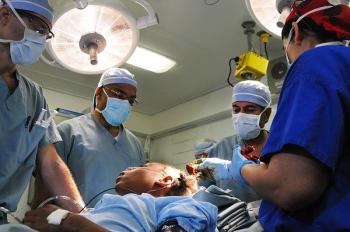
Investigators note that during the coronavirus disease 2019 (COVID-19) pandemic, there have been discussions about the role of social distancing in ORs during tracheal intubation and/or extubation, and other aerosol generating procedures.

Investigators note that during the coronavirus disease 2019 (COVID-19) pandemic, there have been discussions about the role of social distancing in ORs during tracheal intubation and/or extubation, and other aerosol generating procedures.
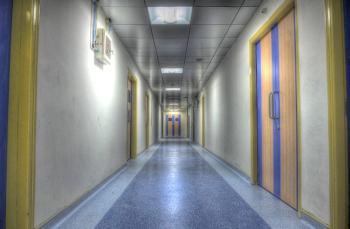
It can be helpful for infection preventionists to still provide quick COVID-19 rounds in units and high-risk areas like emergency departments and urgent care clinics. These can be as simple as 30-minute reviews of personal protective equipment, isolation precautions, and communication pathways.
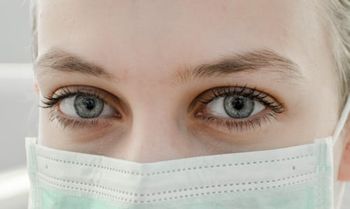
Mary Jean Ricci MSN, RNBC: “In most facilities, the infection preventionist is the person doing contact tracing, is assisting the students should there be an exposure, is assisting with providing education on site or real-time education with the students should they see the students take off their PPE.”

For infection preventionists and frontline healthcare workers, the Great Barrington Declaration places their lives and livelihood at risk. A field hospital has been activated in Wisconsin and the state is at risk of running out of hospital beds and trained staff.

Christopher Blank, CIC, MPH, an infection preventionist with BJC Healthcare, sits down with Infection Control Today® to discuss the benefits of making employment for healthcare workers contingent on getting the flu vaccination.

Kevin Kavanagh, MD: “Many of the infection preventionists over the last six months now have more experience than many of the policymakers up in D.C., because they’ve lived it firsthand. And they’ve seen how COVID-19 can spread. And they’re starting to develop a good idea of how to stop it.”
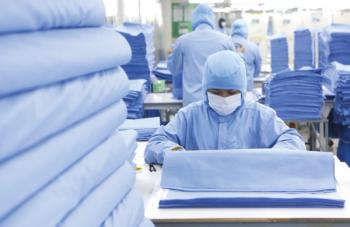
Perhaps now is the time that innovation begins to rely more heavily on infection preventionists and our valuable insight into the world of healthcare PPE. The changes we help guide now, can help make healthcare safer and infection prevention easier.

When COVID-19 struck, the proper use of PPE and greater attention to hand hygiene and cleaning surfaces became the norm. When that happened, rates of Clostridium difficile decreased significantly.

Sarah Smathers, MPH, CIC, FAPIC: “I think that hospital administrators are concerned about how they’re going to recruit in a field that is expecting a lot of retirees: 40% of infection professionists are expected to retire in the next five to 10 years.”

Devin Jopp, EdD, MS: “[W]e will work to elevate our collective voice to ensure infection prevention and control is at the core of our healthcare delivery system and woven into the very fabric of our community.”
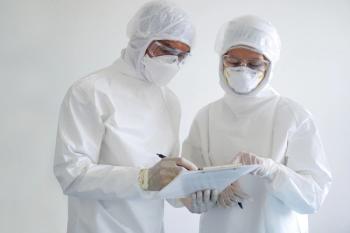
COVID-19 possibly hindered the prevention of healthcare-acquired infections (HAIs) because infection preventionists have less time to do rounding and focus on the elements that contribute to HAIs.

Simply put, a single approach strategy, like the test-only approach within the White House, is one doomed for failure. Meanwhile, the CDC updates what it means by an airborne transmission of COVID-19.
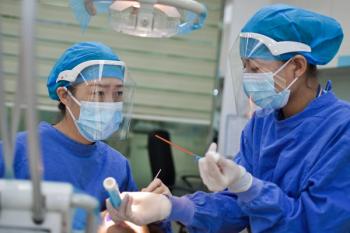
Bilal Naseer, MD: “Nurses who are kind of at a point where they cannot do bedside care, they should consider infection prevention. We need more infection preventionists.”

While reiterating that SARS-CoV-2 most commonly spreads through close contact (less than 6 feet, and for about 15 minutes) with a symptomatic or asymptomatic carrier, the CDC now suggests that the coronavirus is even more contagious than previously thought.

President Trump has some things going against him in his fight against COVID-19, including his age and weight.

Cedric Steiner, MBA: “When we talk about infection control, and not just one room, but pieces of the facility, we’re definitely on the right track. And I think we need to start thinking about the building as like a living, breathing kind of thing.”

Sean Norman, MS, PhD: “We know from the scientific literature that asymptomatic and symptomatic individuals both shed the virus through fecal material, which then works its way into the sewer system, and it can be captured as part of our sample.”

Coalition members also say that Americans should receive the flu vaccine as soon as possible, according to the graphic.

Ernest Grant, PhD: “Until we can see the light at the end of the tunnel, it’s very crucial that we look out for one another and make sure we address our mental health and emotional needs.”

The real impact of these recommendations are what they mean for aerosolization, outdoor gatherings of any type and food handling practices.

BJC Healthcare implemented a mandatory flu vaccination policy during the 2008-2009 flu season. Before the policy, about 70% of healthcare workers were vaccinated, according to the study. After the policy’s implementation, that immediately jumped to 98.4% the subsequent year.

The means of transmission of SARS-CoV-2 and the age group most likely to transmit the virus—people in their 20s—garnered headlines this week, as well as controversy for the CDC.
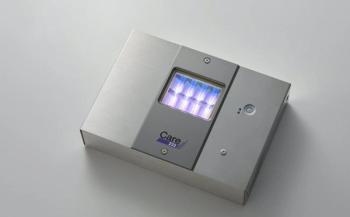
The Japanese company Ushio says that it will sell the Care 222 UV lamp to medical facilities first for about $2,800 a piece. The company also foresees the lamps being used on buses, trains, elevators, and offices.
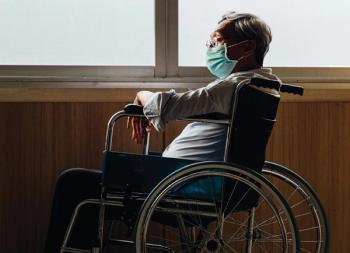
Cedric Steiner: “We had to address the ability to say good-bye to loved ones. A big guy, with tears in his eyes. He was so thankful that they had a place to go for their mother, because at the hospital they couldn’t see her. He wanted to give me a bear hug, but we did the ‘elbow thing’ instead.”

Sylvia Garcia-Houchins, MBA, RN, CIC: “I think initially, everybody said: ‘Oh, my gosh, we have a pandemic happening.’ It’s sort of a dead stop everywhere. And we’ve got to get ready. We’ve got to be prepared…. In many organizations at that point, the infection preventionist was really put into a position: Put my resources here? Put my resources there? I need to get a plan.”